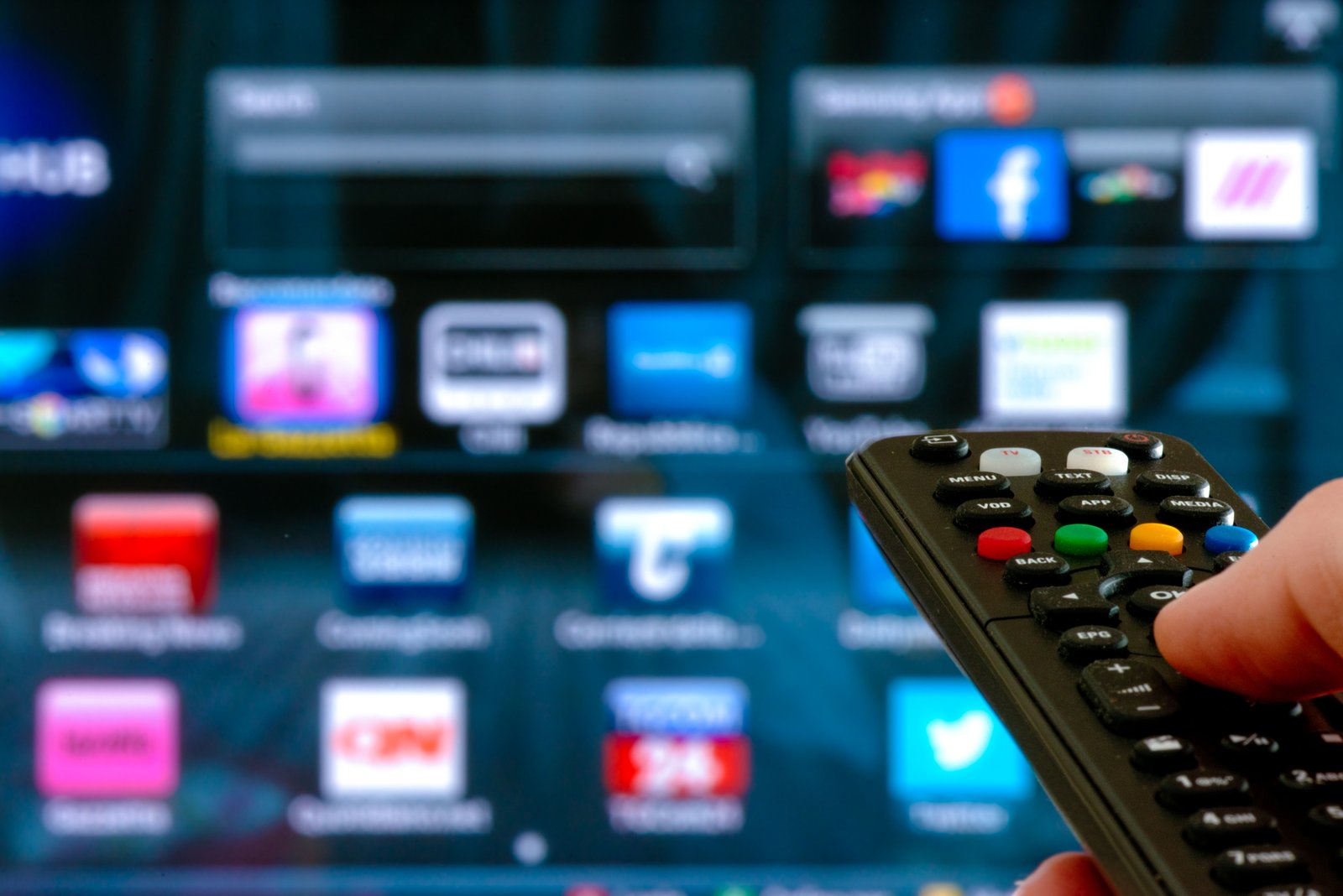With inflation, the price of everything is skyrocketing, including electricity bills. According to Energybot, Americans pay an average electricity bill of $117 monthly, which could be higher or lower depending on where they live.
Most people are unaware that many devices plugged in 24/7 consume 10% of the home’s energy, even when turned off. These devices, known as energy vampires, cost $250 or more annually. Unplugging these devices can save almost $100 per year on electricity.
Water Heaters

Traditional tank water heaters can consume around 4,500 to 5,500 watts. Using a lot of hot water can lead to high energy costs for a family. To reduce these costs, lower the water heater’s thermostat to 120 degrees Fahrenheit, insulate the tank, and avoid using hot water when possible. Consider upgrading to more energy-efficient models like tankless water heaters, which only heat water on demand and consume less energy.
Audio Devices

Audio devices such as speakers, stereos, amplifiers, and boom boxes use an average voltage of 100 to 200. These can cost around $150 per year or more. They also consume energy even when not in active use, so don’t forget to unplug them.
Inefficient Lights

With an average wattage of 60, inefficient lights can waste a lot of energy and increase the annual electricity cost by $89. It is a given that you should always turn the lights off when not using.
Using LED bulbs, which use just 10 watts of energy, can be a great alternative to save on energy consumption.
Refrigerators

Refrigerators run continuously, making them major energy users in households. An average refrigerator can use between 100 and 250 watts, leading to an annual cost of $58 to $145, depending on its efficiency and maintenance. To reduce energy use, ensure your refrigerator is not colder than necessary. Keep it well-organized to maximize airflow, and regularly defrost to maintain efficiency.
Table Fan

Although table fans use 33 watts of energy on average, keeping them plugged in even when not in use can increase the cost by a significant amount. To avoid this, unplug fans when leaving the room or not using them. Also, consider getting a fan with a timer to avoid unnecessary usage.
Television

Televisions, particularly older models, can also be substantial energy users. While modern LED TVs are relatively efficient, consuming around 30 to 100 watts, older plasma and CRT TVs can consume much more. The cost of running a television can vary, but it typically adds about $3 to $5 per month when used for an average of five hours a day. Consider using energy-efficient settings like reducing brightness, utilizing ‘eco-mode,’ and fully powering down instead of leaving TVs on standby.
Desktop Computer

Although a desktop computer doesn’t use much energy (60-300 watts), it can eventually add up over a year. If you work on your computer regularly, unplug it and every other setup device into a power strip to immediately turn it off when not in use.
Laptop

Most laptops contain a large box called a brick that continuously uses energy when plugged in. Even in sleep mode, these bricks use 2 watts an hour, contributing to an average of 20-300 watts. This means that even when you shut down your laptop, it will still use energy. So, whenever you use one, consider unplugging the cord to ensure it’s not draining energy.
Charger

It is almost customary to leave the charger in the socket even when it’s not connected to a device. This amounts to an average of 5 watts of energy usage per hour. Although only a little, this wastes energy and costs you money. Unplug the chargers when not in use. Plus, avoid charging devices at night, as this can cause more energy consumption than usual due to a lack of awareness.
Dishwashers

Although not typically considered a significant energy drain, dishwashers can consume substantial electricity, particularly during the heat-dry cycle. Newer models usually consume around 1,200 to 1,500 watts per cycle. To reduce energy use, avoid using the heat-dry setting and only run the dishwasher when fully loaded. Optimizing your dishwasher’s use and maintenance could save you approximately $35 to $50 annually.
Air Conditioner

Air conditioners are one of the primary energy consumers in a house, especially during summers. On average, AC units can consume around 1,000-4,000 watts, depending on the size and efficiency of the unit. It can cost anywhere from $0.13 to $0.36 per hour, which converts to significant amounts during peak usage. To minimize costs, opt for programmable thermostats to better manage cooling times. Also, regular maintenance and filter changes should be focused on to enhance efficiency.
Hot Water Recirculation Pump

Hot water circulation pumps have an average wattage of around 28-92. When plugged in unnecessarily, they can increase costs between $42 and $137 annually. One way to curb this cost is to add a timer to your pump to switch it off when it’s not in use. This saves you around $30 to $95 annually.
Iron

This is one of the lesser-known items that consumes a lot of energy. When heated on high, an iron uses 800 to 2,000 watts. If plugged in for too long, it generates energy waste and increases consumption, which accounts for the total electricity costs. A great way to use it efficiently is to iron several clothes at once.
Set-top Box

A setup box generates an average of 27 watts of energy, costing around $40 a year. To cut down on this cost, consider unplugging boxes that are not used regularly. For the ones routinely used, plug the entertainment system into a power strip to turn it all off at once.


